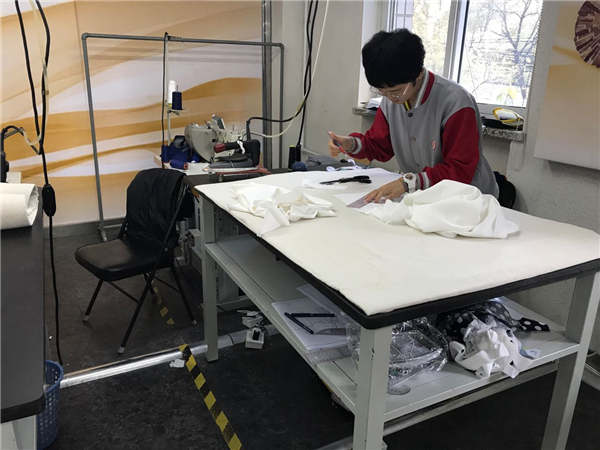Tailored training fills talent gap
 |
|
Hu Ping practices 3D cropping in the classroom of Beijing Industry and Trade Technician College. [Photo/Xinhua] |
"In some vocational schools, the education methods and curriculums are not able to meet the demand of upgrading manufacturing," Xing says.
Some vocational schools are working intensively with enterprises and some businesses are investing in vocational schools to build skills pools.
Liuzhou Vocational Technical College has established close ties with Guangxi Liugong Machinery, a major Chinese construction machinery maker. Together they set up Liugong Overseas Workers Class to nurture skills for the company's overseas development.
More than 300 graduates serve its overseas markets, especially those involved with the Belt and Road Initiative.
They also set up the Liugong-LVTC Global Customer Experience Center, which integrates functions such as training, teaching, professional skills appraisal, innovation and professional technology exchanges, hoping to nurture construction machinery skills.
Data from the Ministry of Education shows that in 2016, total investment in vocational education amounted to 405.1 billion yuan ($60 billion), up 73.1 billion yuan from 2012, or an average annual rise of 5.5 percent.
The central government has invested nearly 70 billion yuan in programs to improve key vocational schools and promote industry integration.
Xing sees vocational schools and enterprises jointly make teaching plans and developing products. Some schools have set up master class studios. They hire frontline technicians and management personnel from enterprises to come and teach.
"This brings new opportunities for the development of vocational education in China and infuses new vitality into the reform of vocational education," Xing says.
















